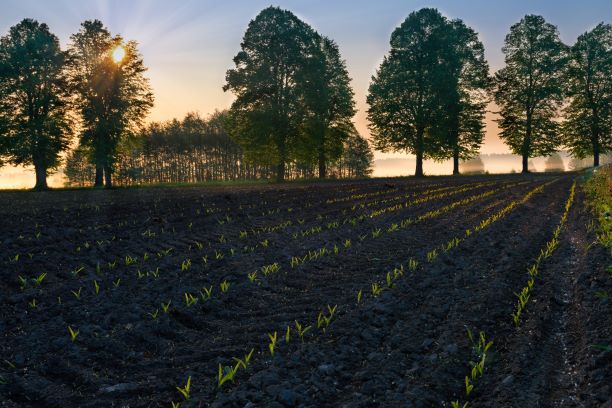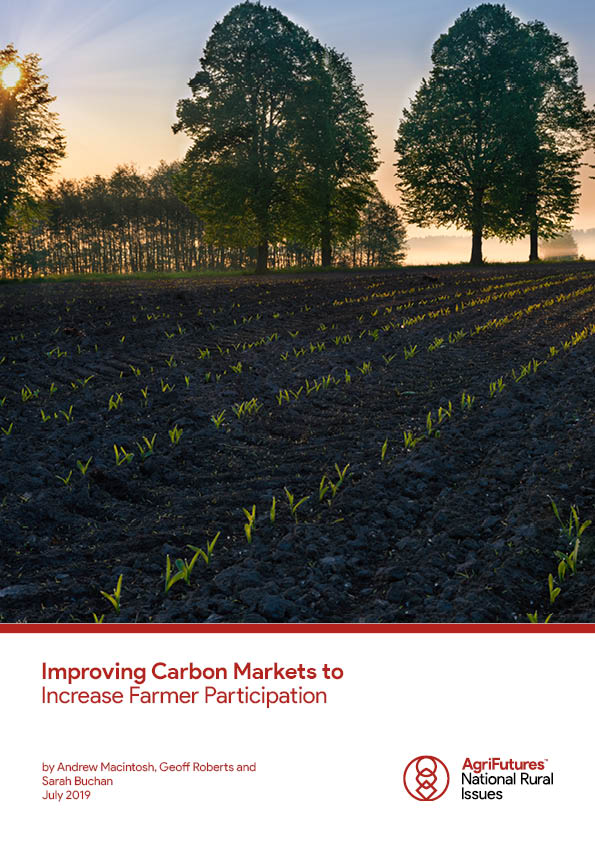A report released today, Improving carbon markets to increase farmer participation, carried out by Australian National University and the Mullion Group, and funded by AgriFutures Australia, shows current policy and regulatory framework for carbon markets is proving a significant barrier.
AgriFutures Australia Managing Director John Harvey, said the research addressed a knowledge gap and examined the opportunities for producers and barriers preventing their participation in carbon markets.
“This report indicates carbon markets are shaping as the incentive for Australian farming industries to reduce greenhouse gas emissions in a trading environment where CSIRO forecasts carbon market returns of $40 billion to the land sector by 2050,” said Mr Harvey. “Reducing uptake barriers for primary producers may be key to more consistent farmer participation in carbon offset markets.”
He noted the report pointed to low carbon prices and price uncertainty, restrictions on the scope of methods, high transaction costs, lack of information and a lack of trust in information providers, and concerns about changes in the rules that govern participation and crediting as key issues reducing farmer engagement in carbon markets.
Australian Pork Limited and Sugar Research Australia also contributed funding for the research and provided producer insights surveying pig farmers and the carbon service industry.
Results from the survey supported report findings which indicated there are generally low levels of awareness of carbon market opportunities among pig producers, particularly among small to medium-sized farms. This contrasts to 100% awareness among the largest farms (>10,000 sows).
AgriFutures Australia, Senior Manager, Business Development Jennifer Medway said similarly the lack of adoption of soil carbon projects on sugar cane farms likely stems from lack of awareness of opportunities, high transaction costs and the small size of many cane farms reducing the viability of projects.
“Increased efforts to raise awareness of carbon market opportunities and further analysis of the economic returns from soil carbon projects, could help reduce these barriers. Enhanced participation in carbon offset markets will lead the sector closer to the forecast $40 billion return.” said Ms Medway.
“It has been shown soil carbon projects result in improved soil health which can lead to improved agricultural productivity. Methane capture can provide a means for generating renewable energy, and improving the efficiency of intensive farm operations like piggeries.”










